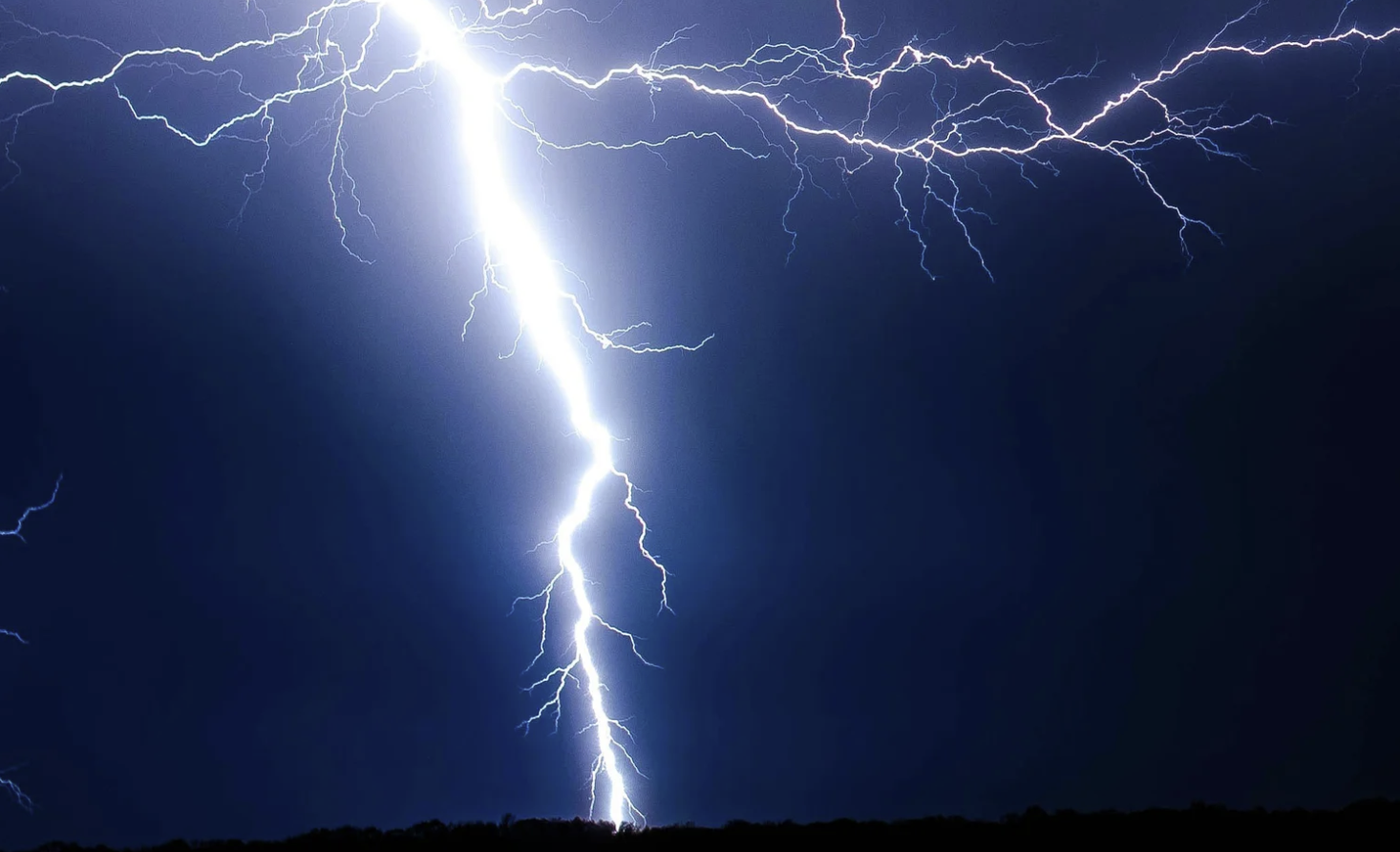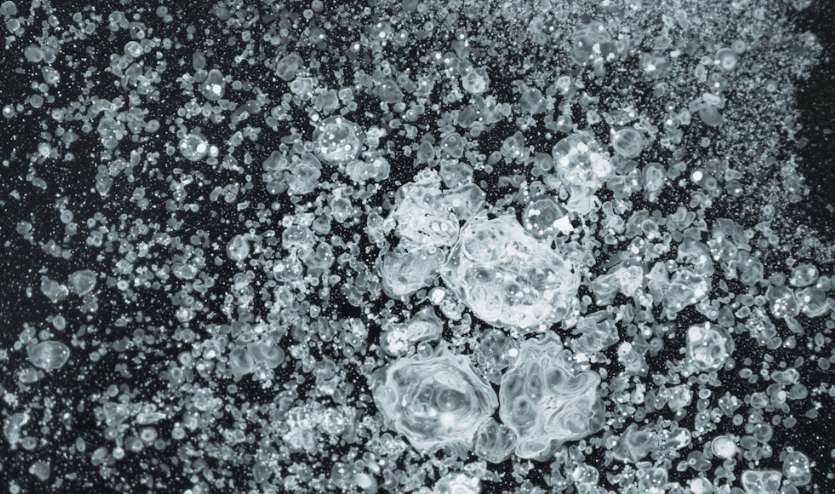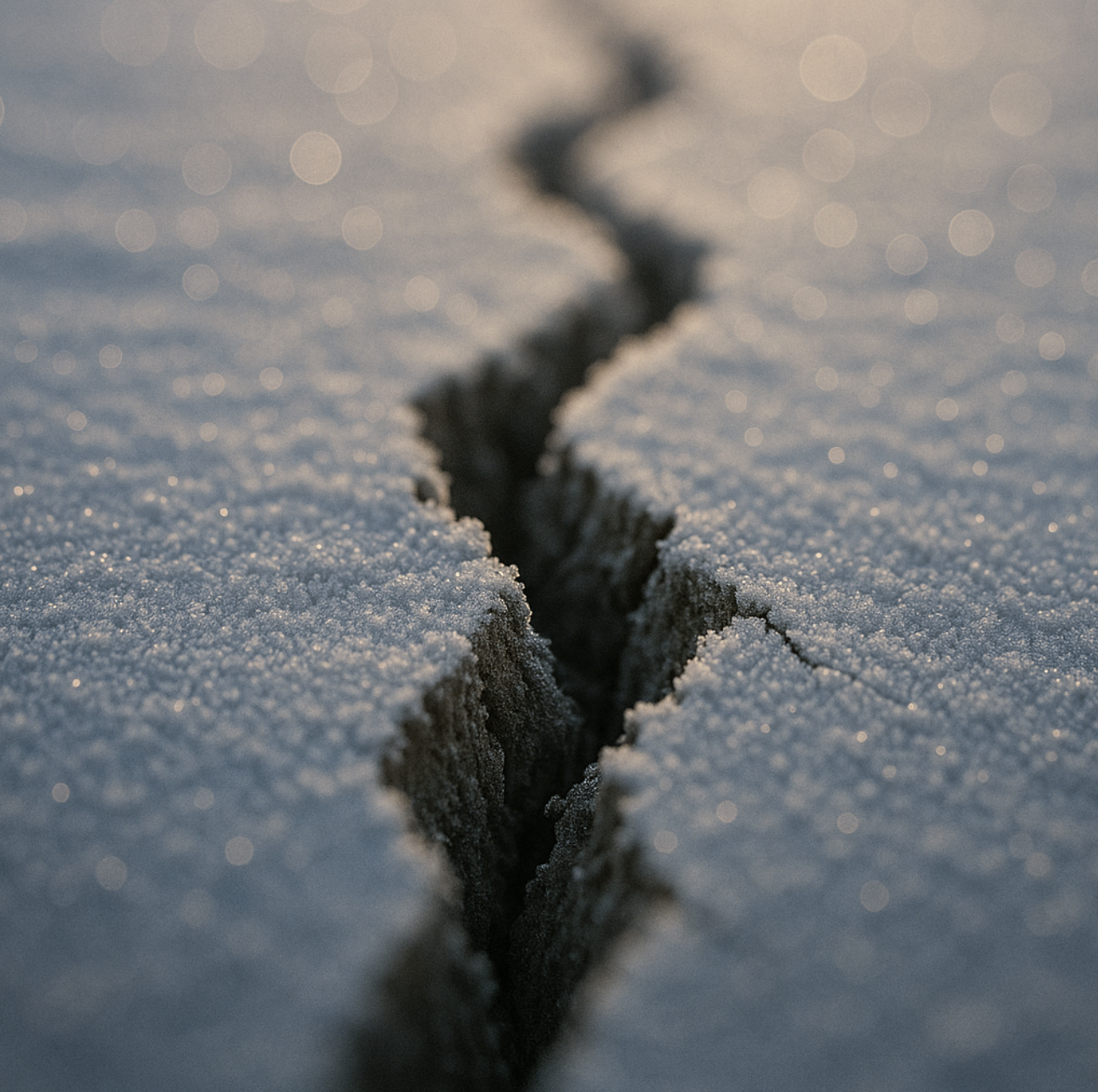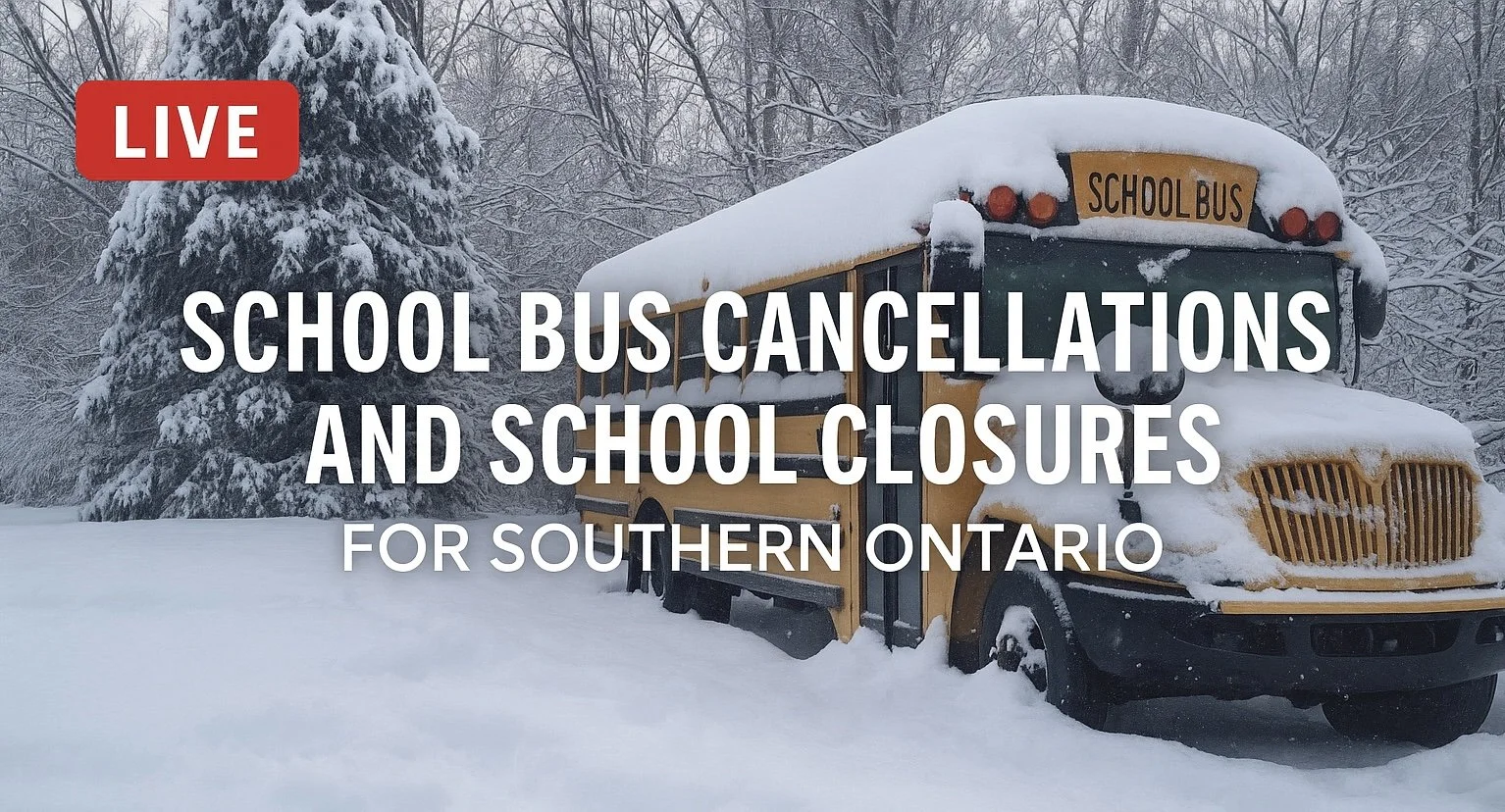Comparing the Loudest Weather Phenomena: Thunder, Tornadoes, Hail & Ice Quakes
/Comparing the Loudest Weather Phenomena
When the weather turns wild, it’s not just the winds and rain that grab our attention, the sound can be deafening! From a crackling thunderclap to the roar of a tornado, certain meteorological events push the boundaries of what our ears can handle. Below, we compare four of the loudest natural phenomena and how their peak volumes stack up.
Thunder: Nature’s Cannon
When lightning superheats the air, it produces a shockwave that we hear as thunder. A nearby strike can hit about 120 dB at ground level, about as loud as a rock concert or jet engine. Right near the lightning channel, sound pressure can briefly reach 165–180 dB, and rare “superbolts” may push that volume even higher. Fortunately, these extreme levels are localized; even a very strong strike a mile away typically registers in the 110–120 dB range.
Tornado: The Freight Train Roar
Survivors often compare a tornado’s roar to a freight train. Typical sound levels near a tornado fall in the 90–100+ dB range, loud enough to make conversation impossible. At very close range, the loudest tornadoes may reach the 120 dB neighbourhood, rivaling a thunderclap or jackhammer. Direct measurements are scarce because no one wants to place microphones in an EF5’s path, but theoretical analyses speculate that peak levels could exceed this. In practice, a violent tornado’s roar can still cause physical pain or hearing damage if you’re near it and especially if it’s destroying trees, buildings, etc.
Hail on a Metal Roof: Weather’s Drum Solo
On a calm day, rain on a metal roof is just background noise but hail can turn your home into a drum! Even small hailstones can bump the sound to 80–100 dB in an attic or shed. In extreme cases, especially when large hail combines with hurricane‑force winds, noise levels can rival thunder. A remarkable example is the 1986 Kansas/Missouri derecho, where large hail driven by 100 mph winds created a sustained roar around 120 dB, essentially as loud as a rocket engine. Baseball‑sized hail can still hit the 100+ dB range despite modern roofing and insulation.
Ice Quake: Frost’s Explosive Secret
Also known as cryoseisms, ice quakes occur when a sudden deep freeze causes waterlogged ground to fracture. They’re unpredictable and highly localized but witnesses describe the noise as a sharp boom or explosion that can shake a house. Precise decibel measurements are rare, yet anecdotal accounts suggest they can easily exceed 100 dB, on par with a thunderclap. During the January 2014 polar vortex, numerous frost quakes around Toronto woke residents with house‑shaking blasts. While the shaking may be minor, the sound is startling and intense.
Which is the Loudest?!
All four of these weather phenomena can produce sound levels capable of causing hearing damage. Thunder regularly reaches around 120 dB and as mentioned above, superbolts may push this even higher. Tornadoes and massive hailstorms can come close to matching thunder’s intensity, especially at close range. Ice quakes aren’t as well-documented but the explosive nature of frost cracking suggests similar levels. Only extreme events like volcanic eruptions or meteor impacts significantly exceed these volumes. Regardless of the source, any sustained sound above 85 dB can harm your hearing over time.
In summary:
• Thunder: 110‑120 dB from a mile away; near the lightning can reach 165‑180 dB and superbolts may be higher.
• Tornadoes: Typically in the 90‑100+ dB range; violent tornadoes may approach 120 dB.
• Hail on a metal roof: Small hail can be 80‑100 dB; large hail plus ~100 mph winds can roar around 120 dB.
• Ice quakes: Unpredictable frost quakes with booms that witnesses estimate above 100 dB.
And the winner is…
The winner, based on the available data and estimated volumes by experts; thunder from a superbolt lightning strike!
To help confirm our research, we spoke with our friend Dr. Dave Sills, Director of the Northern Tornadoes Project (NTP) and he agrees that the winner is likely a superbolt lightning strike, which has the potential to reach volume levels in excess of 180db. Ouch!
Sources:
NOAA & scientific literature on thunder acoustics en.wikipedia.orgfactsjustforkids.com; Earth Science Stack Exchange summary on superbolt thunder earthscience.stackexchange.com.
Tornado sound estimates from anecdotal accounts and fun-fact compendiums facebook.com; theoretical energy calculations for F5 tornado noise stevemeadedesigns.com.
Hail noise measurements from a 1986 storm report (Storm Data) glenallenweather.com; hail sound range from Q&A resources brainly.com.
Descriptions of frost quakes from the USGS and science news reports usgs.govsnexplores.org.










